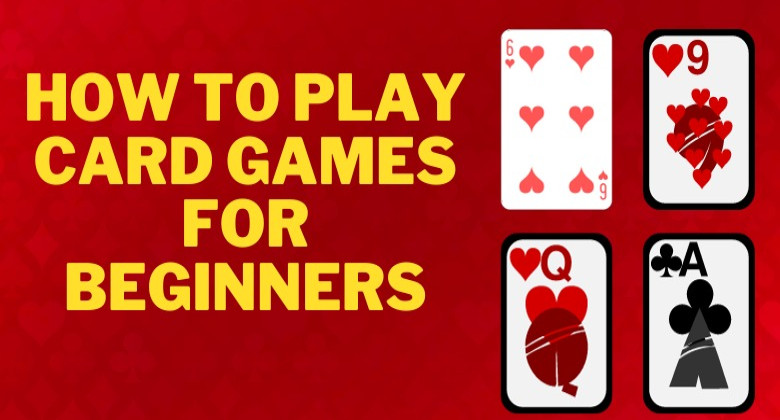
How to Play Cards for Beginners
Card games have been a beloved pastime for centuries, bringing together family and friends for evenings of fun, strategy, and bonding. Whether you're a complete novice or just looking to brush up on the basics, this guide will introduce you to the world of card games and set you on the path to becoming a card shark in no time.
Understanding the Basics
Deck Composition: A standard deck of cards consists of 52 cards, divided into four suits: Hearts, Diamonds, Clubs, and Spades. Each suit has thirteen ranks, starting from the Ace (often considered the lowest or highest), followed by numbers 2 through 10, and then the face cards: Jack, Queen, and King.
Shuffling: Before starting any card game, it's essential to shuffle the deck. This ensures that the cards are randomized, making the game fair. Hold half the deck in each hand and let the cards intermingle as they fall. Repeat several times.
Dealing: The method of dealing varies from game to game. Typically, cards are dealt one at a time to each player in a clockwise direction, starting with the person to the dealer's left.
Top 7 Popular Card Games for Beginners
If you are someone who is a beginner at card games then these below simple to moderate and complex card games are the perfect way to begin your card playing journey.
- Go Fish
- War
- Crazy Eights
- Rummy
- Poker
- Teen Patti
- Solitaire
Go Fish
Objective: To collect as many sets of four cards of the same rank.
How to Play: Players ask each other for specific cards. If the player has the card, they must hand it over. If not, they say, "Go Fish," prompting the asker to draw from the deck. Once a player collects four cards of the same rank, they place them face up.
War
Objective: To win all the cards
How to Play: The deck is divided evenly among players. Each player reveals the top card of their pile. The player with the highest card wins and takes both cards. If there's a tie, a "war" is declared, and players lay down additional cards until one player wins.
Crazy Eights
Objective: Be the first to get rid of all your cards.
How to Play: Players take turns placing a card on the discard pile, matching the top card's rank or suit. Eights are wild and can be played at any time. The first player to discard all their cards wins.
Rummy
Objective: To form sets and sequences from the cards in your hand.
How to Play:
Players are dealt a specific number of cards (usually 13).
Players pick and discard cards each turn to form "melds." A meld can be a set (three or four cards of the same rank but different suits) or a sequence (three or more consecutive cards of the same suit). The game ends when one player forms their entire hand into valid sequences and sets and discards their last card before the opponents in a rummy game.
Tip for Beginners: Always keep an eye on the discard pile. It can give you clues about the sets or sequences your opponents might be forming.
Poker
Objective: To win chips by either having the best hand at showdown or convincing other players to fold their hands.
How to Play:
There are many variations of poker, but Texas Hold'em is a great starting point for beginners. Players are dealt two private cards, followed by five community cards placed face-up on the “board.”
Players use the best combination of five cards to form their hand.
Wagering rounds occur before and after the community cards are revealed.
Tip for Beginners: Start with the basic hand rankings and focus on understanding the value of your hand in relation to the community cards.
Teen Patti (Three Cards)
Objective: To have the best three-card hand or to bluff your opponents into folding.
How to Play:
Each player is dealt three cards face down.
Players bet based on the strength of their cards. The player with the highest-ranking hand at the end wins the pot.
Hand rankings include sequences, sets, and pairs, with the highest being a trio (three cards of the same rank).
Tip for Beginners: While the strength of your cards is crucial, bluffing can be a powerful tool in Teen Patti. Observing your opponents' behaviors can give you an edge.
Solitaire
Objective: To move all cards to foundation piles, sorted by suit and rank in ascending order.
How to Play:
Solitaire card game is typically played with a single deck. Cards are arranged in a tableau with seven piles, each containing an increasing number of cards.
The top card of each pile is face up. Players move cards between the tableau and the foundation, following specific rules and sequences.
The game is won when all cards are moved to the foundation piles.
Tip for Card Beginners: Think several moves ahead. It's not just about available moves but also about creating opportunities for future moves.
Card Game Etiquettes for Beginners
Be Respectful: Remember, card games are meant to be fun. It's essential to be respectful to other players, even when the game gets competitive.
Know the Rules: Before starting a game, ensure everyone understands the rules. This prevents misunderstandings and ensures a smooth game.
Keep a Poker Face: Part of the fun in card games is the strategy. Try not to give away your hand with facial expressions or comments.
Tips for Beginners
Start Simple: Begin with simpler games like Go Fish or War to get familiar with handling cards and basic game mechanics.
Move up the ladder: Once familiar with the simpler games, try your hands on more strategic and skill-based games like rummy, poker, teen patti, and solitaire
Practice: Like any skill, the more you play, the better you'll get. Practice with friends or even by yourself to improve your game.
Play Cards for Beginners Conclusion
Card games are a timeless way to enjoy time with loved ones or even make new friends. They challenge the mind, teach strategy, and offer endless entertainment. Whether you're playing a simple game of Go Fish with your kids or diving into more complex games like Rummy or Poker, the world of card games is vast and welcoming. So, grab a deck, gather around a table, and let the games begin! Happy Gaming.
Related Post
-
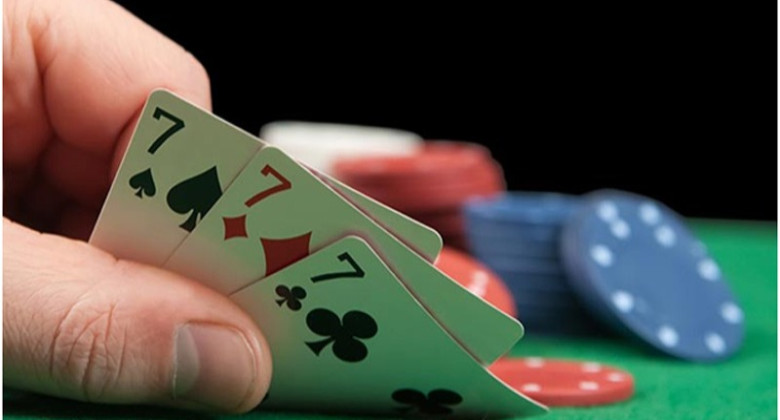 Teen Patti - What is Teen Patti Game & How to Play 3 Patti Online
Teen Patti - What is Teen Patti Game & How to Play 3 Patti Online
-
 How to Download the Junglee Rummy App on Your Mobile Phone
How to Download the Junglee Rummy App on Your Mobile Phone
-
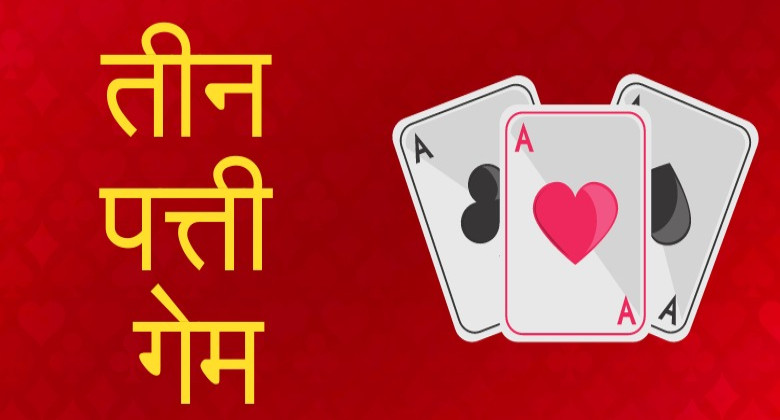 तीन पत्ती (Teen Patti/3Patti) - तीन पत्ती गेम क्या है और कैसे खेलें
तीन पत्ती (Teen Patti/3Patti) - तीन पत्ती गेम क्या है और कैसे खेलें
-
 13 Best Paisa Kamane Wale Games (पैसा कमाने वाले गेम्स) और रियल कैश जीतें
13 Best Paisa Kamane Wale Games (पैसा कमाने वाले गेम्स) और रियल कैश जीतें
-
 Online Game Cash Withdrawal and Instant UPI Withdrawal Games
Online Game Cash Withdrawal and Instant UPI Withdrawal Games

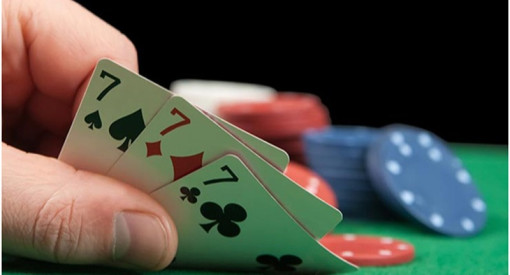




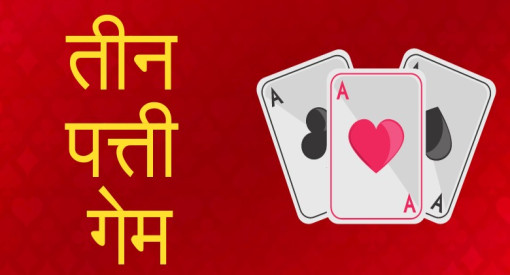


-17213832177155.png?v=1721383218)
